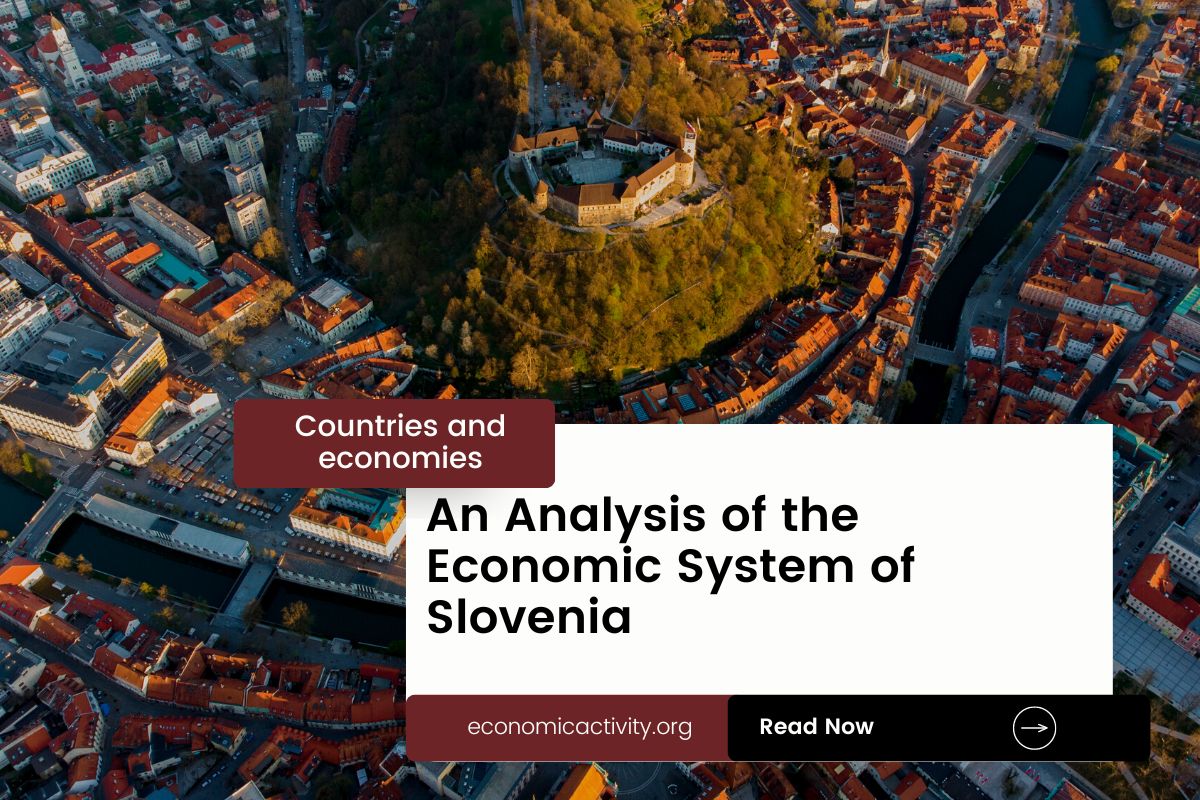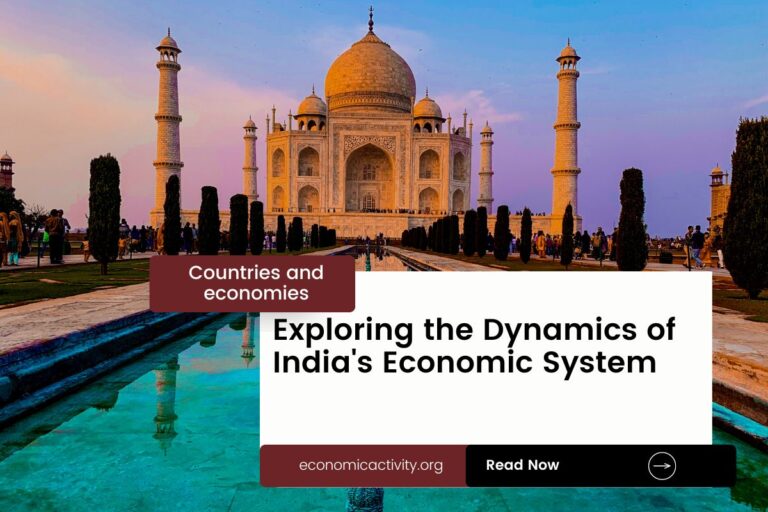What is the economic system of Slovenia? The economy of Slovenia is based on a mixed economy. The country’s economic system combines elements of a market economy and a planned economy.
Slovenia’s economy is diverse, with key sectors in manufacturing, services, and an emerging information technology industry. It’s known for high-quality products in pharmaceuticals, automotive parts, and electronics. The country also boasts a robust tourism industry, capitalizing on its rich natural and cultural heritage.
In Slovenia, the economy is composed of a private sector, consisting of individuals and businesses that make autonomous decisions based on self-interest, and a public sector, where the state determines the production and distribution of certain goods and services. No country is purely capitalist or purely communist.
What do the freedom indexes tell about the economic system of Slovenia?
Now, to determine if a country is mostly a market economy or a planned economy, it is useful to examine some economic indexes. For instance, according to the 2022 Index of Economic Freedom, which measures the ability of every human to control his own labor and property, Slovenia is ranked 32th globally and 22th in Europe indicating that the country has a mostly free economy.
In a similar way, the 2022 Freedom House index evaluates the state of political rights and civil liberties globally. Generally, market economies tend to align more with democracy and freedom, while command economies tend to be characterized by greater state control and fewer democratic and civil liberty protections. Slovenia gets a score of 90/100, which qualifies it as Free.
Slovenia is a country where the government does not control what people do for political reasons, and people have the freedom to choose (what, how much, and how to produce, whether to buy or not, selling price, etc.)
The Link Between Public Sector Employment and the Economic System of Slovenia
An indicator of the extent to which the State is involved in the economy is the number of public sector employees. In Slovenia, according to ILOSTAT, the number of public sector employees as a percentage of the total workforce is 20.9% (2012). In the country’s mixed economy, the number of public sector employees as a percentage of the total workforce varies based on the specific policies and practices adopted by the State.
Some economic activities are left to the private sector while others are under government control. The bigger the public sector the closer the economy is to being a command economy.
What do the biggest companies in Slovenia say about the country’s economic system?
The biggest company in Slovenia should also be looked at, as well as whether it is a state-owned or private company. In this case, Slovenska Energetska Družba is a leading energy company providing electricity, gas, and heating services to customers in Slovenia.
The company is a state-owned enterprise in Slovenia, primarily owned by the Slovenian government. It shows how the government control in part the economic production of the biggest companies in the country.
The historical factors that have influenced the economic system of Slovenia
The mixed economy system of Slovenia is the result of the transition from a socialist to a market economy, the adoption of the euro as the official currency, and the integration of the country into the European Union. These changes have allowed Slovenia to benefit from increased trade and investment, as well as access to a larger market.





Leave a Reply